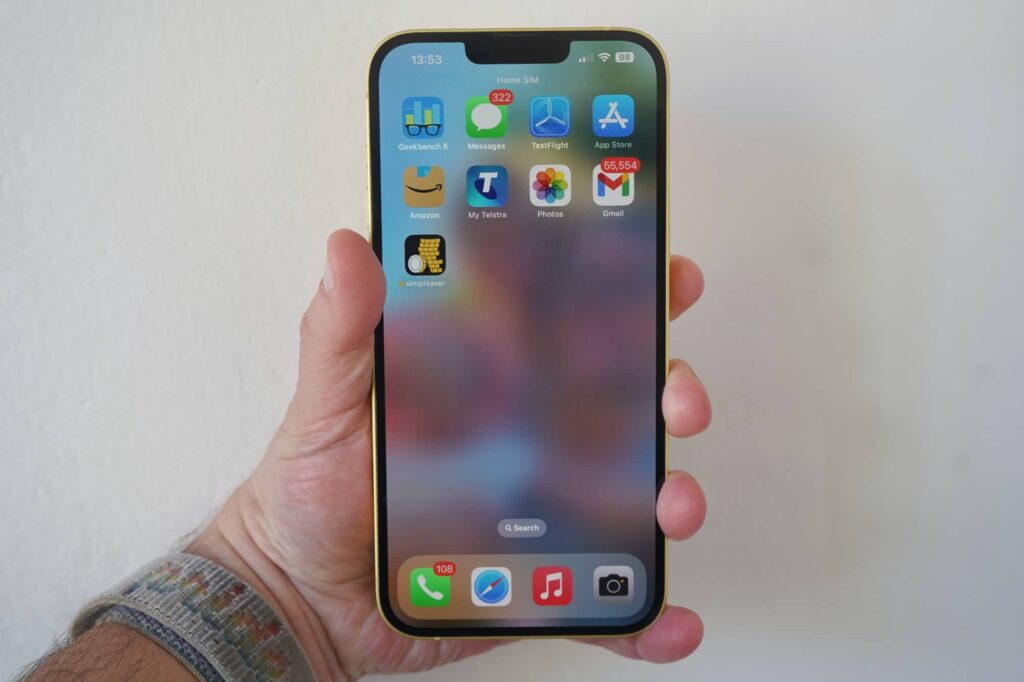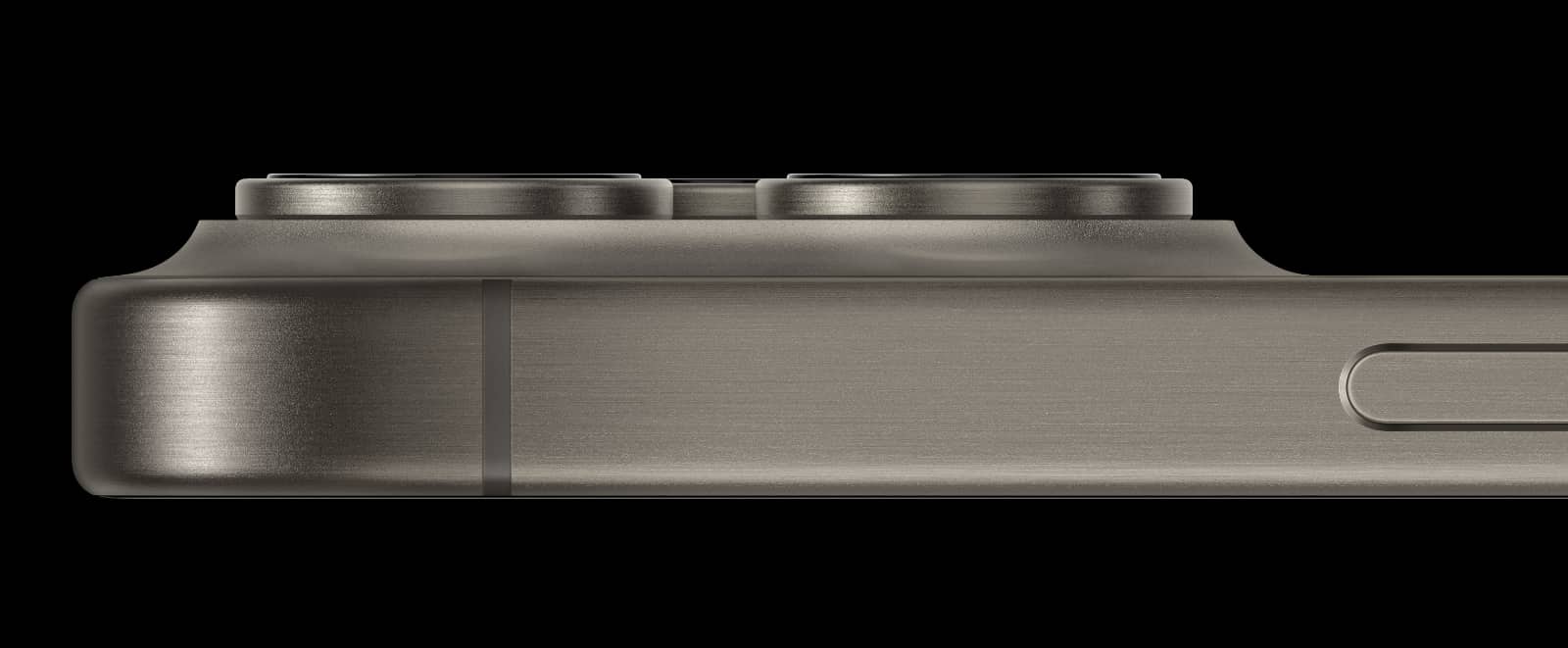Whether your iPhone needs a software fix or is overheating for some other reason, there are things you can do to help deal with a hot iPhone.
When a phone overheats, just like anything else, it may run into problems. Cars overheat leading to stalls and an inability to drive, while overheating computers can struggle to function, as well. Getting too hot is a problem for anything, us included, and it’s an issue that isn’t always as easy to fix as simply waiting.
It seems as though the launch of Apple’s iPhone 15 might be a touch tarnished, too, with trouble brewing over excess heat from the new phone.
Reports are already out and about regarding the iPhone 15 range overheating, covering the new titanium-framed iPhone 15 Pro and Pro Max, as well as the aluminium-framed iPhone 15. Both model ranges rely on different materials and different chips, so it’s unlikely to be either of those issues, and more likely to be that of iOS 17, which was released at the same time.
An iOS issue does mean Apple will have a fix on the way, solving overheating issues on the new models. That’s good for iPhone 15 owners dealing with this issue. However, the iPhone 15 isn’t the only time your phone will overheat.
Overheating can happen from leaving your phone in the sun, sitting under a windscreen in the car or just baking in a hot day as you use the GPS in your phone. It can happen when an un-optimised app chews through processor and memory, and just doesn’t stop.
Overheating phones can happen in many ways, so how do you fix it and get your phone working well again?

Update your apps
The first thing you’ll want to do is make sure your phone and its apps are updated because of two main reasons:
- It’s the fastest way to ensure you’ll have the most updated version of the app around, and
- It’s also the first thing Apple would do at a Genius Bar.
Simply put, updating your apps and operating system are both very fast ways of not only ensuring you’re running the updated version of each, but also dealing with the obvious check a tech support person will do.
It won’t always fix anything, but it’s the first step. Not just for an iPhone, but any phone.
Close your apps
If that doesn’t work and your phone still feels hot, it’s time to close all those apps. Swipe up from the bottom of the screen about halfway, and you’ll see the iOS multitasking menu. Now just swipe those apps out to close them.
Technically, an iPhone shouldn’t need to do this, and will typically just relieve unused apps of their memory and processing needs in the background, giving you some much-needed memory and processing power back.
Sometimes, however, some apps will just lack the optimisation they need, and may chew through resources, making the phone warm in the process.
Closing apps deals with this rather easily.

Turn on aircraft mode
Alternatively, you can switch on aircraft mode, also known as airplane mode.
Aircraft mode basically cuts wireless signals, turning off WiFi and 5G, which many apps rely on for the always-connected nature that modern apps often rely on.
Not every app will need a connection to the web, but many have them, so if an app is chewing through a wireless connection and heating the hardware up, switching airplane mode on and killing WiFi and 4G/5G connections could help.
These days, this approach seems less likely to work, especially as modern WiFi and cellular chipsets don’t always need as much power as they once did. However, if your phone is overheating, anything is often worth a try.
Restart your phone
And while you’re in the mood to try anything, consider the obvious: restarting your phone.
There’s a reason why tech support people often suggest restarting something, and it’s this: turning something on and off again acts like a fresh run, releasing the memory and basically killing any problems at the time.
If problems start up again after a refresh, it often means the issue is deeper than just running the app in the first place, but not always.
A restart — turning it off and on again — can often fix things in a way that delivers results, and lets you get to using your device fairly quickly.
Alternatively, consider switching the phone off for a few minutes and coming back later. That’s a less ideal solution because you can’t use your phone, but it will at least ensure the hardware has time to cool down before needing to be used once again.





